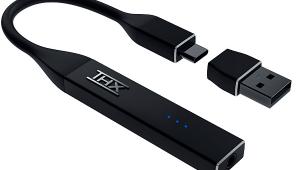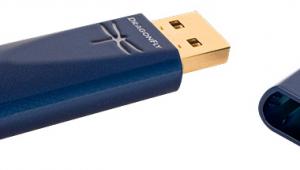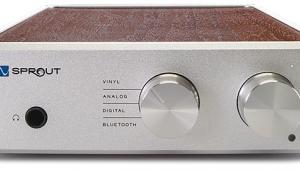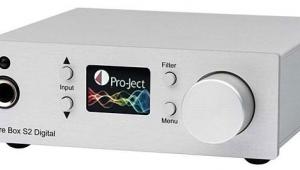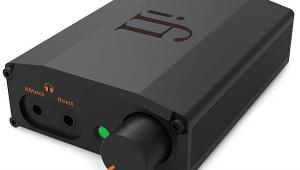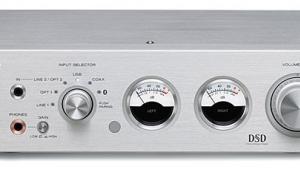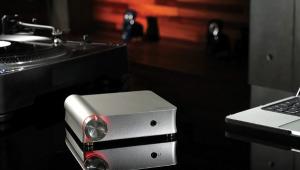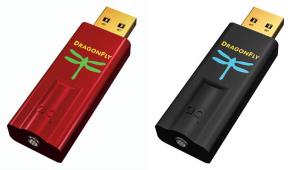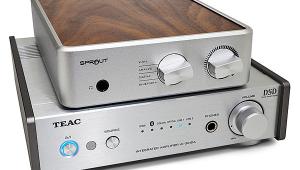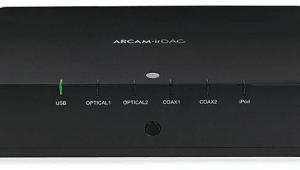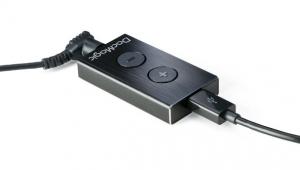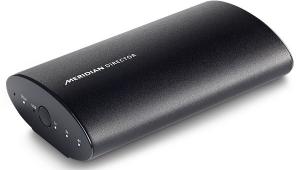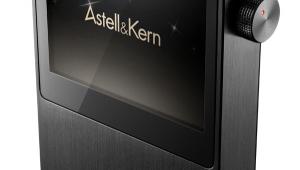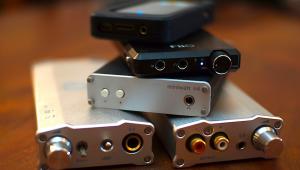Perhaps I missed it but the analogue input does not get converted to digital correct?
Moon by Simaudio Neo 230HAD Amp/DAC Review
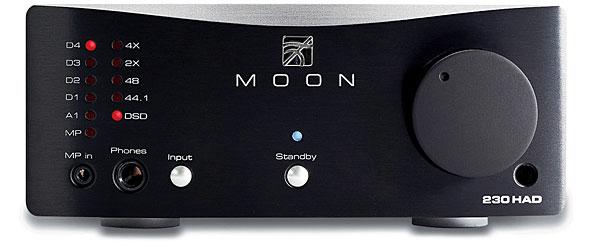
AT A GLANCE
Plus
384/32 and DSD256
Eight-stage power supply
Doubles as stereo preamp
Minus
Black, boxy styling
Tricky sampling-rate LEDs
THE VERDICT
The Moon by Simaudio Neo 230HAD is a state-of-the-art headphone amplifier/DAC that has a healthy, and sometimes transformative, effect on whatever headphones you plug into it.
Like the rest of us, headphones have dreams and aspirations. They know they have to start out small with whatever phone, computer, or AVR comes to hand. But they dream of something better—of an amp and DAC tailored just for their needs. In short, they long for their dream home. If you’ve invested in a good pair of headphones, wouldn’t it be cruel to make your cans sleep on a sofabed in a basement when they deserve more headroom, more purity, the freedom to be the best they can be? The Moon by Simaudio Neo 230HAD just might be the dream home they’re hoping for.
The More Affordable Neo
Moon by Simaudio is the brand name of a Quebec-based company founded in 1980 as Sima Electronics and now known as Simaudio. It boasts a substantial range of Canadian-made products including stereo integrated amps, power amps, preamps, phono preamps, streaming players, and even a disc transport. Our home theater oriented readers may be interested in the MC-8 power amp, configurable for two to seven channels. Moon has its own streaming and music library technology, called MiND (MOON Intelligent Network Device). And its Neo series includes two headphone amp/DACs.
The one reviewed here, the Neo 230HAD ($1,500), is the smaller sibling of the Neo 430HA ($4,300). The 230HAD is single-ended, while the 430HA is a fully balanced differential design. The step-up model offers a balanced headphone input, more output power, and selectable gain. But other specs, connectivity, and format support are the same or similar. The company says the 230HAD offers about 80 percent of the top model’s performance at about a third of the cost.
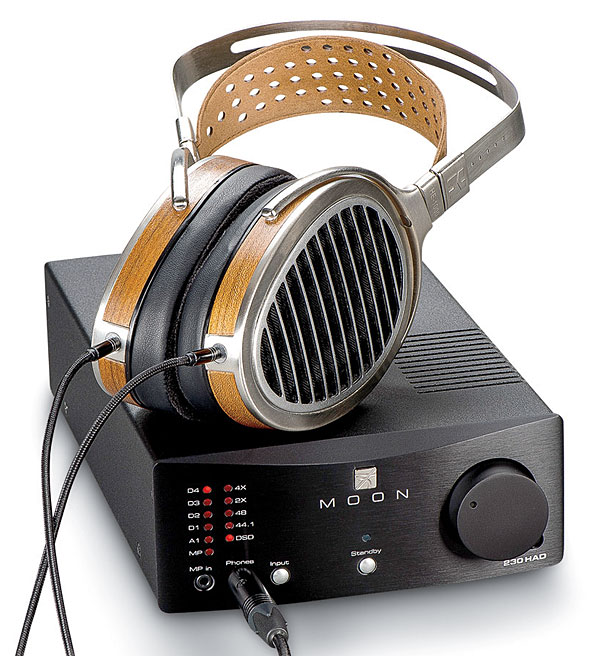
The Neo 230HAD’s matte black metal enclosure feels substantial when you unpack it. It has a narrow but long form factor decorated with the dressy Moon logo. Under the hood, this is a pure analog amplifier except for the DAC section. The large toroidal power supply boasts eight stages of DC voltage regulation. The company recommends keeping the amp powered up. There is a small heat vent at top right; I left the unit running for days, and it never got more than faintly warm.
On the front are a volume knob, silver standby and input buttons, a quarter-inch headphone output, analog minijack input, and two columns of red LEDs serving as input and sampling rate indicators—the latter indicating sampling rates as 44.1 or 48 kilohertz or multiples thereof. Other amp/DAC manufacturers also do this. It requires a little extra study, but if you’re dedicated enough to know what 384 kHz means, you probably won’t mind that it lights up the 48 kHz, 2X, and 4X LEDs.

The back panel contains the all-important USB input, the only one to support sampling rates of 384 and 352.8 kHz (as rare as unicorns among music downloads available to consumers). The other digital inputs—two coaxial and one optical—support up to 192 kHz and 24 bits. Also present are an RCA analog input and both variable and fixed analog outputs. The variable-out enables this unit to serve as stereo preamp when paired with a stereo power amp; the fixed-out feeds a line-level signal to another system. The full-size 32-button remote can also control other Moon components.
My trusty Lenovo Win 7 media PC fed the Moon’s USB input following the usual driver installation. Headphones included the HiFiMan Edition X, Sennheiser HD600, Sony MDR-V6, and NAD VISO HP50.
The test tracks, as usual, ascended from lossy to CD quality to high-res. The MP3s were Bert Jansch, “Back Home,” When the Circus Comes to Town (192 kbps); XTC, “Senses Working Overtime,” English Settlement (192 kbps); and David Bowie, title track, Space Oddity (320 kbps). The CD-quality tracks, all ripped in Apple Lossless, were Leon Rosselson, “Conversation on a Mobile,” A Proper State; Richard Thompson, “Beatnik Walking,” Still; and Steely Dan, “FM,” Gold. The high-res FLAC tracks were Stevie Wonder, “Visions,” Innervisions (96/24), Dave Brubeck Quartet, “Blue Rondo à la Turk,” Time Out (176.4/24), “Jeux de vagues,” the middle movement of Debussy’s La Mer, performed by Charles Munch and the Boston Symphony Orchestra (176.4/24); and “Ben’s Farm in Vermont,” a movement from David Chesky’s The Zephyrtine: A Ballet Story, which also appears on Dr. Chesky’s Headphone Demonstration Disc (192/24).
- Log in or register to post comments


